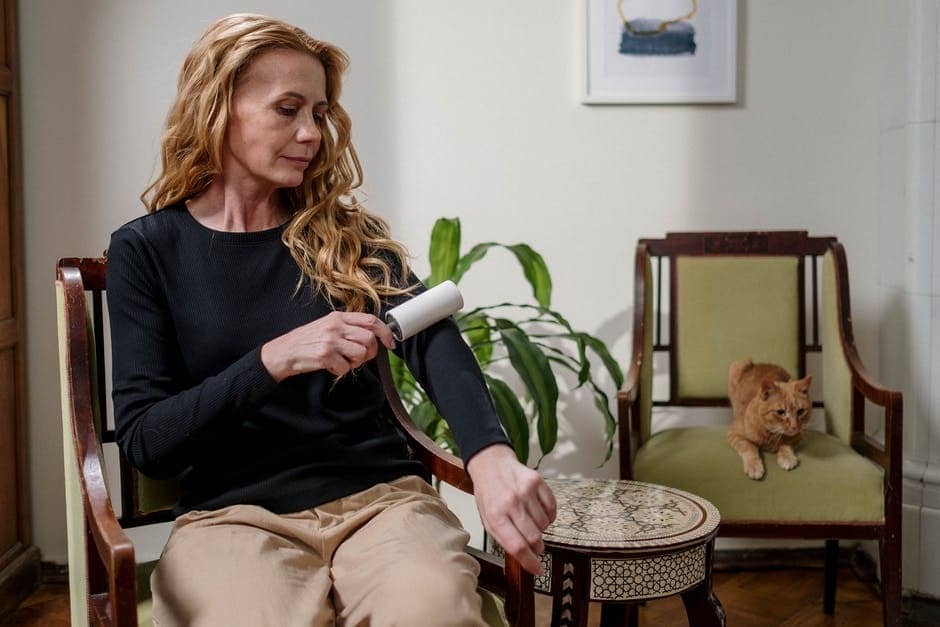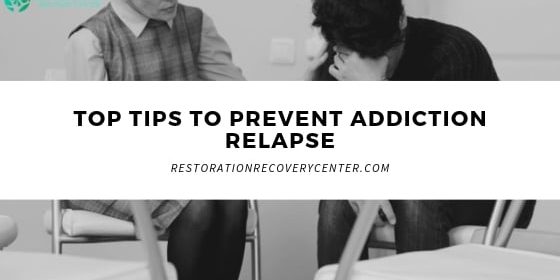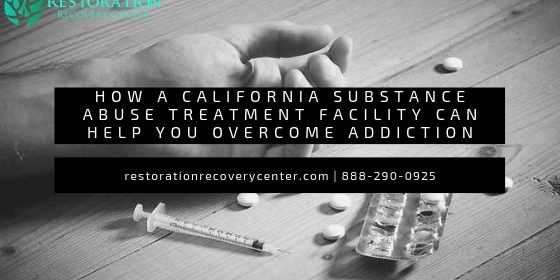How Does CBT Therapy Help Obsessive-Compulsive Disorder?
Obsessive-Compulsive Disorder causes recurring unwanted thoughts, impulses, or images (obsessions) that make you feel driven to do something repetitively (compulsions). These rituals serve to alleviate the anxiety associated with the obsession. These thoughts occur frequently and intensely and interfere with your daily life. Unfortunately, persistent symptoms can interfere with everyday activities and relationships—people who have OCD usually try to manage their symptoms by performing rituals.
This condition hurts sufferers for the following reasons:
- Alienates sufferers of OCD from their peers.
- Obsessive thoughts and behaviors are time-consuming.
- Causes severe emotional and financial hurdles.
- People may view them as over-suspicious or having psychotic issues.
Notably, OCD sufferers generally admit the egregious hold of their obsessions and compulsions as irrational. Thus, this cycle of obsessive thoughts followed by compulsive behaviors can disable those who suffer from OCD. That’s why it’s essential to get help if you have symptoms of OCD.
The Patterns of OCD
To cope with these thoughts, people with OCD engage in compulsive behaviors. They have rituals they feel they must repeatedly do to relieve the anxiety caused by their unwanted thoughts. For example, someone might have an obsessive thought like, “Germs are everywhere, and I might get sick.” In response, they may engage in compulsive behaviors like washing their hands repeatedly throughout the day. Below, we list how these obsessions and compulsions commonly manifest themselves.
Common obsessions may include:
- Contamination: Fear of dirt, germs, bodily fluids, or chemicals.
- Harm: Intrusive thoughts about hurting yourself or others.
- Counting: Intrusive thoughts about numbers and needing to count things.
- Symmetry/order: Need to have items in a specific order or place.
- Superstitions: Believing that particular objects have special powers.
- Relationships: Intrusive thoughts about sex, violence, and harm in relationships.
- Forbidden/taboo thoughts: Feelings of shame around intrusive thoughts.
Whereas compulsions are repetitive behaviors that you feel driven to perform to alleviate the obsessions. These include :
- Checking: People who are afraid of harming themselves or others by mistake may check appliances, locks, and other items to ensure they’re turned off or locked.
- Counting: Some people count on specific patterns to reduce anxiety caused by disturbing thoughts.
- Ritualistic behaviors: These may include repeating certain words, phrases, or actions until they feel right or until a specific number is reached.
- Orderliness and symmetry: People with this form of OCD may rearrange objects until they’re perfectly aligned or straightened out.
- Mental compulsions: Some people with OCD try to reduce anxiety by praying excessively or mentally repeating certain words or phrases.
- Washing and cleaning: People who fear contamination may wash their hands repeatedly throughout the day or spend hours cleaning their homes.
How CBT Works to Treat OCD
Treatment options for OCD include therapy, medication, and self-help strategies. Most recommend cognitive-behavioral therapy (CBT) as the premier option for treating OCD. CBT adopts a practical and hands-on method to help participants proactively
- Problem-solve.
- Set goals.
- Alter negative patterns of thinking or behavior.
- Learn to recognize distorted cognitions.
CBT combines behavioral therapy (changing behaviors that produce negative thoughts) with cognitive therapy (changing negative thought patterns). The mental component focuses on examining how you think about things, identifying your irrational thought patterns, and replacing them with healthier ones. It requires active participation from both the therapist and participant and commitment outside of sessions. To change their behavior, the therapist works on gradually exposing the participant to a feared situation or obsessive thoughts until the anxiety no longer develops. Then, the participant learns skills in therapy that are then practiced at home, gradually learning new ways of coping and interacting with their environment.
Benefits of CBT as a Treatment for OCD
Cognitive-behavioral therapy isn’t a cure for OCD, but it is the single most effective treatment we have. Medication can help reduce the severity of symptoms, but medicine alone doesn’t get rid of OCD.
Several benefits of CBT include:
- CBT teaches you to become aware of your behaviors. This includes both your obsessive and compulsive behavior. You begin to see how these patterns are helping or hindering you in life and work. This allows you to choose how to respond in different situations consciously.
- CBT helps you stop avoiding your fears. Facing your fears can be scary, especially when your fears are extreme. But if you don’t meet them, you’re stuck dealing with them forever. CBT gives you specific techniques for facing your fears so that they no longer control your life.
- CBT teaches you to think more realistically about your fears and thoughts. The thoughts that accompany OCD can seem real, but they aren’t always accurate. CBT helps you learn to recognize those unrealistic thoughts so that they don’t cause unnecessary worry or panic.
- CBT offers specific tips and techniques you can use to manage your anxiety and prevent OCD symptoms from occurring. These include relaxation skills, mindfulness exercises, challenging negative thoughts, and problem-solving strategies.
Finding a Good CBT Therapist and Program
If you are looking for a therapist who practices CBT, here are some tips:
- Ask around: Talk with your recovered peers, insurance companies, medical providers, and family members. They may know a specialist.
- Ask questions: Prepare some questions to ask a potential therapist before an appointment. Ask about their training and experience in treating OCD. Next, ask about their approach and how it would work with your specific needs. Make sure they have ample training and experience in CBT and OCD treatment.
- Search online: Several sites offer lists of therapists, including Psychology Today. Such websites can help you find a therapist near where you live. You can also use these sites to check out therapists’ credentials and see what kind of experience they have.
Treating obsessive-compulsive disorder (OCD) with cognitive behavioral therapy is an effective and proven treatment option. CBT helps the participant identify certain behaviors (such as compulsions) or thought patterns that cause them distress. With the help of trained CBT therapists and treatment programs, you can recover from anxiety and depression and gain pride in your recovery accomplishments, no matter how small. If you suffer from this condition, or any other anxiety-related disorder, our experienced clinicians, who specialize in treating co-occurring disorders and SUD, can help. At Restoration Recovery Center, we teach our clients methods to alter compulsive behaviors or obsessive thought patterns. With our treatment options, you or your loved one will finally recover from SUD and other co-occurring disorders. So please don’t wait to get help and contact us today at (888) 290-0925. We can help you take the next step on your road to recovery.






